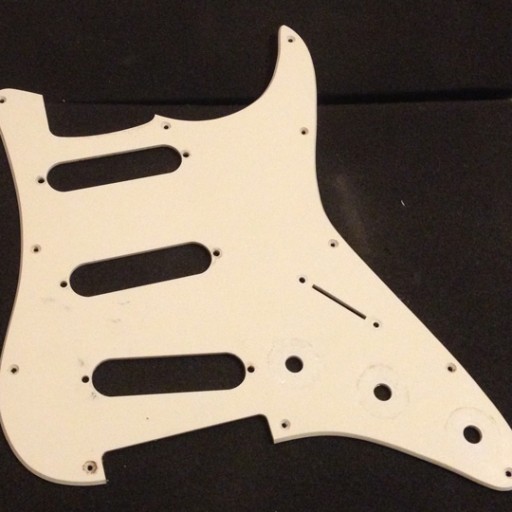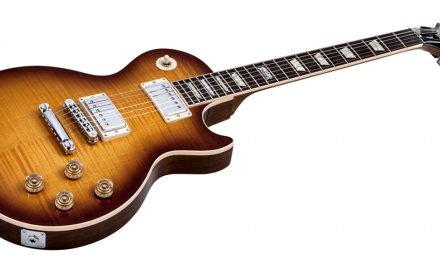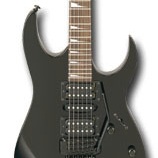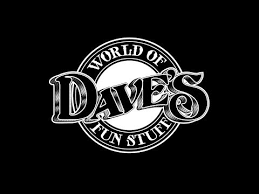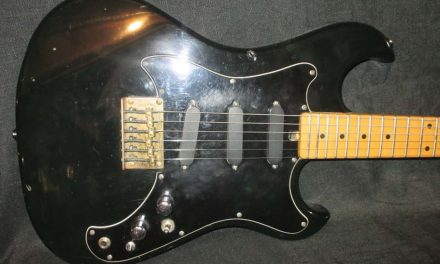In my pursuit of understanding everything about the electric guitar, I’ve learned that there are an almost unlimited number of ways for guitar builders to cut costs. In many cases you can “undo” these cost-cutting measures, and improve your instrument. This list is nothing new, but I thought it might be handy to have all of these ideas in one handy place. So here’s the improvements checklist:
- Tuners. The debate rages on about whether tuners impact sound. Purists say yes, budget-minded people say no, and I say I think they have an impact, but it’s small. The most important thing a tuner does is work. If you have tuners that slip or that don’t give you enough control, upgrade them.
- Nut. Plastic nuts make open strings sound duller than they should. The consensus is that bone nuts sound best, but I also like graphite nuts because they don’t stick. If the nut is plastic, it should be replaced.
- Frets. Seriously? Yeah, seriously. Cheap builders sometimes use cheaper fretwire that wears faster. I believe that no guitar should have a level/crown or refret if it doesn’t need one, but once you’ve got big divots in your frets, it’s time. The issue is that fretwork is expensive, unless you learn to do it yourself, and you have to do it a lot before you get really good at it.
- Finish. I have been known to strip the poly finish off the back of a guitar’s neck, all the way down to the bare wood, and then toss on a few coats of Tung Oil finish. I don’t do this on all of my poly necks, but I much prefer a more satin feel. If a guitar is a cheapie, this can be a consideration.
- Fretboard Edges. Cheapie builders rarely roll their fretboard edges, but you should. It’s not hard to do, and it makes the neck play more comfortably.
- Fret Ends. Buy a StewMac fret ends file and learn how to use it. Fret ends are often bad on cheapies and sometimes on thousand dollar guitars (cough cough GIBSON.) Master the file and never have sharp fret ends again.
- Switches. Again, if it ain’t broke, don’t fix it. But when a switch gets noisy and WD40 does nothing, out it goes, and in goes a Switchcraft switch. Upgrading your switches won’t make the guitar sound better, though.
- Pots. If you upgrade the pots in your guitar, will the guitar sound better? That’s another question for people to fight over. My instinct is to say no, it won’t. BUT your pots might function better, meaning a more smooth transition from 0 to 10. Is it worth it? Depends on your soldering skills and how often you use your volume knob.
- Bridge/Tailpiece/etc. I do believe this makes a difference in your sound. Here is a general rule of thumb – if it’s pot metal, it’s shit. Pot metal saddles can be found on $750 guitars (I’m looking at you, PRS SE,) but I do believe that actual metal saddles sound better. There’s debate about whether brass sounds brighter or duller than steel. I think brass and steel both sound good. If you have a cheapie Tele, get thee a set of vintage compensated brass saddles. I did, on my MIM Tele, and it made a noticeable difference in the sound. I have put graphite saddles on my Strats for a while, and I do believe they dull the sound a little bit. But I’m OK with that because the Strat is already a fairly cutting bright blade of a sound anyway, and graphite saddles are great for trem bar usage.
- Trem block. There’s debate about this one. I have yet to try replacing a pot metal trem block with a steel block, but at some point I will. I have doubts that it’ll make that much of a difference.
- Pickups. THIS is the most important mod you can make. Is it true that you can buy cheapo pickups from GFS and improve the sound of your MIM Strat’s ceramic pickups? Pretty much, yes. Pickup prices are through the roof. Price out some custom pickups and you’ll faint. My advice is to give some Seymour Duncan’s a try. I am a huge huge fan of the Pearly Gates humbucker – I have them in three of my guitars. At around $129 they’re not cheap, but they’re cheaper than Gibsons or Fralins or any number of small boutique pickups.
- Strings. Oh, come on – the FIRST thing you need to do when you buy a cheapie is to replace the strings. You don’t know how old the strings on that thing are. Strings do go bad in time, even if you don’t play them. When you play them they go bad faster. Strings are cheap.
There’s a lot you can do to a guitar to improve it. One thing to remember is that a cheapo guitar won’t suddenly be worth two hundred bucks more because you put two hundred bucks worth of parts into it. So save the original parts and put them back in the thing if you get rid of it. Keep the good parts. Or, don’t upgrade a guitar if you’re not going to keep it. But upgrading can be a super fun hobby, and you’ll have a special connection to something you’ve personalized.

